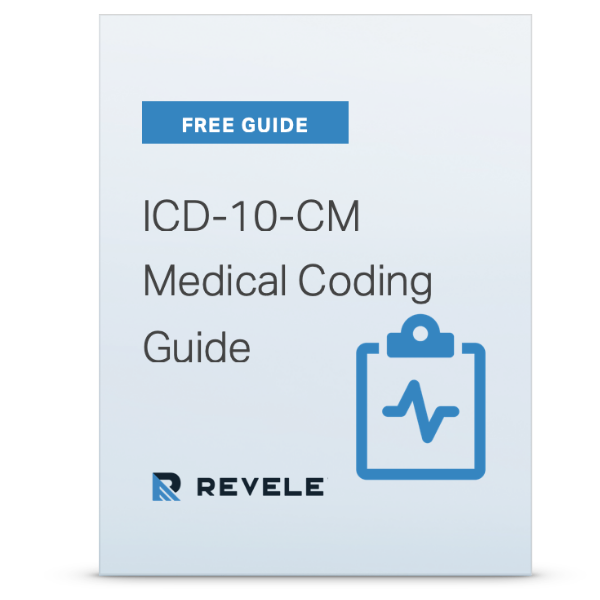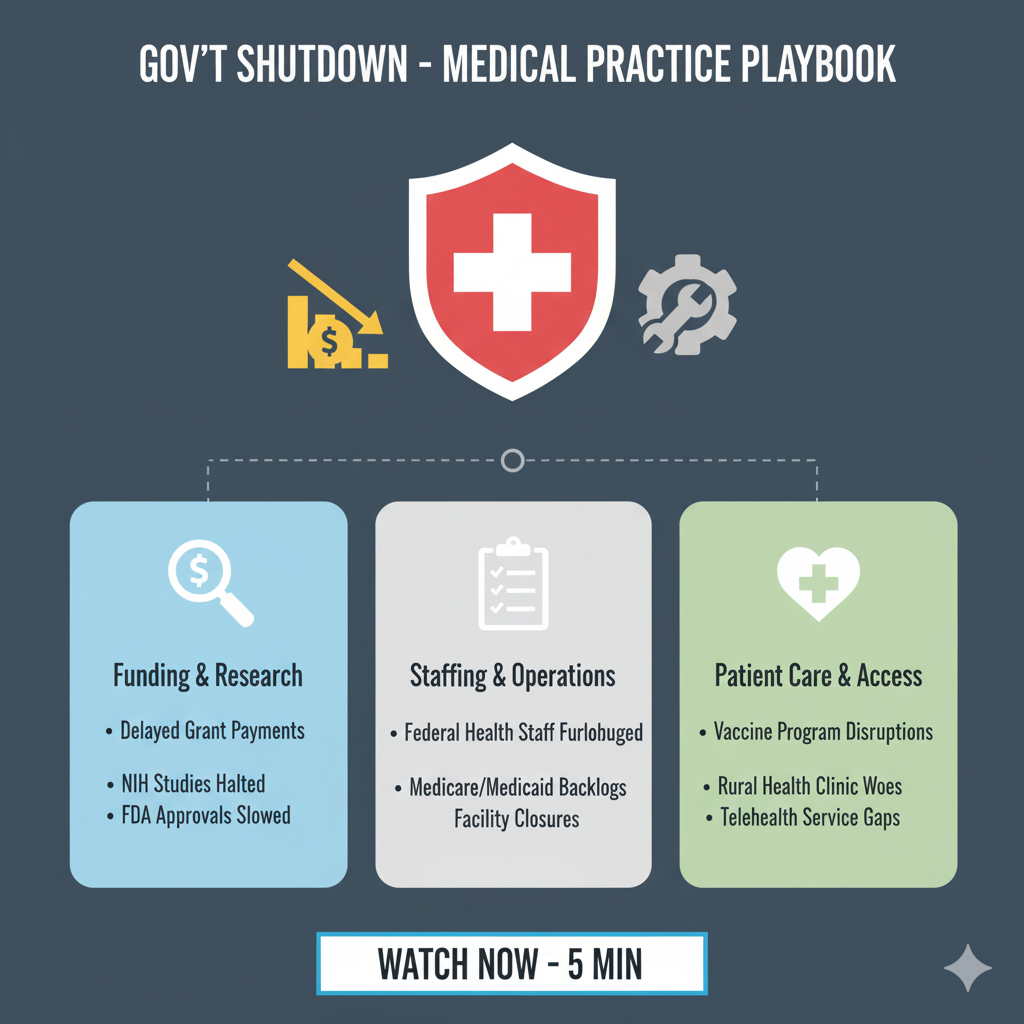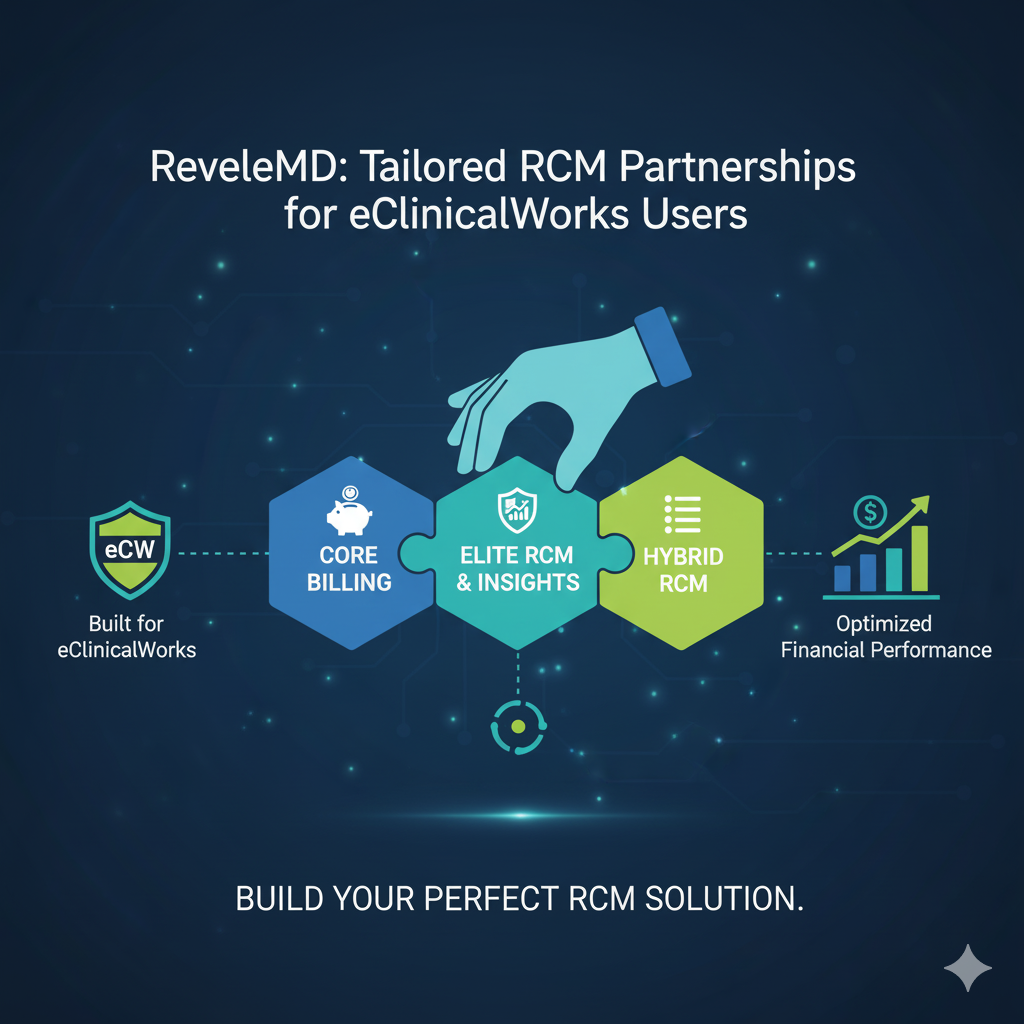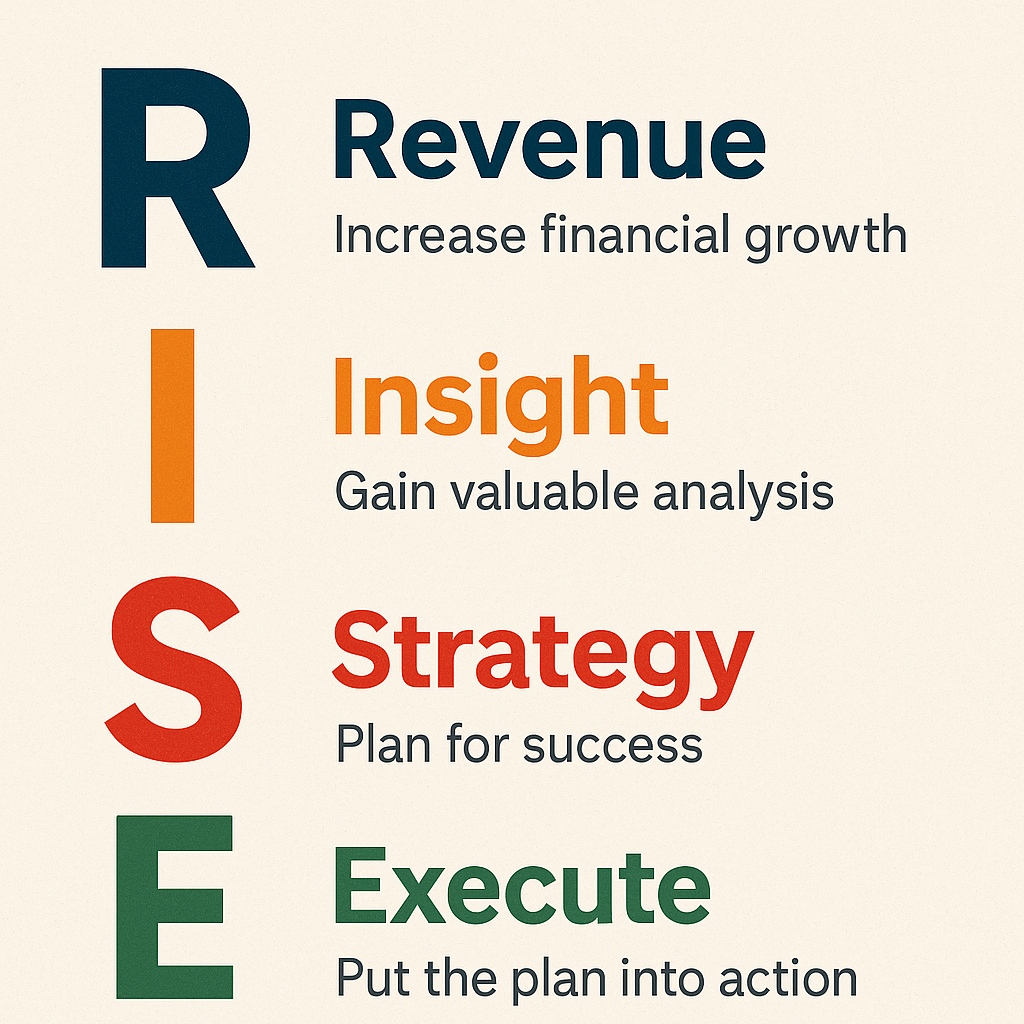The good news is that revamping your revenue cycle doesn't have to destroy your practice. Many times physicians or practice managers are hesitant to make necessary changes because they don't really know where to start or they are worried the changes are going to bring about a negative impact rather than a positive one.
Here are a few steps you can take to revamp your revenue cycle for better cash flow, less wasteful spending, and better position your practice to solve revenue problems quicker.
Step 1: Know What to Look at and How Often
Some quick reports should be run daily. This is where that expensive EHR you're using comes in handy.Your practice management system should allow you to report on accounts receivable days in segments (0-30 days, 30-60 days, etc.). It should also have reports for accounts receivable days by provider and payer. A daily review of Medicare payments is prudent, as is a payment summary of co-payments and co-insurances. Also, check each day to ensure claims are being billed out because the ones that aren't can easily slip through the cracks.
Weekly, you should review Medicare allowable summary reports and missed medical notes. Every month review adjustments to payments as well as practice metrics like new patients, total patient visits, total charges, and average charge per visit. A quarterly accounts receivable review can tell you if you're losing money by pursuing small claims more than once so you can clean those claims out and cut losses.
Step 2: Compare Monthly Reports to Identify Trends
Compare monthly trends over the course of a year, and also compare each monthly report to the same month last year. If any trends jump out, try to identify why. It could be something as obvious as a bad flu season, or it could be that your payer mix has changed and altered the pace of your cash flow. Identifying worrying trends early is the key to learning their causes and addressing them.
Step 3: Use a Unified EMR and Practice Management Software
Many practices have better results when they have a unified EMR / Practice Management software suite because it can prevent duplication of effort and reduce the risk of errors. Systems with advanced reporting capabilities are especially helpful because they make it easy for your team to run the daily, weekly, monthly, quarterly, and annual reports you need to stay on top of your reporting needs.
When you combine revenue cycle management functions with a carefully chosen EHR solution, you can often get the best of both worlds in terms of efficiency and revenue optimization. If you outsource your billing operations, consider how you are going to manage your workflow if your office staff will be using one system at the practice and the billing company using another software to submit claims. How will you access the information on your claims if it is not the same system you have at the practice? Will the use of another system cause a delay in your practice getting paid?
An integrated software will keep your practice on task by allowing information to flow seamlessly throughout the system therefore reducing the need for double entry and ultimately saving you time. Choosing a billing company that is willing to provide the service on your practice’s EHR will give you the transparency you need to your claims and hold the appropriate teams accountable.
Step 4: Perform an Internal Coding Audit at Least Annually
Sure, performing an internal coding audit every year (or every six months) represents a burden on your practice. However, it can improve your claims management process and help ensure that your practice is in compliance with applicable regulations (and prepare you in the event of an external audit). Also, it helps you identify specific coding issues that occur frequently so you can safeguard against mistakes that could result in claims being denied.
Step 5: Consider Outsourcing Revenue Cycle Management
Some practices outsource some or all aspects of revenue cycle management. Doing this doesn't absolve your staff of developing sensible processes and striving for day-to-day excellence. There are all sorts of billing service providers in the market, and many of them are experts at individual pieces of the RCM process. Some are better coders. Some are better billers. Some are worthy technically. Some are not.
There are many with combos of both and fewer still that have all the necessary components. Make sure you consider all the parts that need to be done and which parts are left over if you decide to look into outsourcing billing services.
Always Understand Your Revenue Cycle, Even if Someone Else Manages It
Whatever the size or type of your practice, understanding your revenue cycle is essential to success. If you outsource revenue cycle management processes, it's still necessary to ensure your provider is living up to the terms of their agreement and delivering the services you expect. If you manage revenue cycle functions in-house, having the right EHR system can make a measurable positive difference in terms of efficiency and accuracy.








